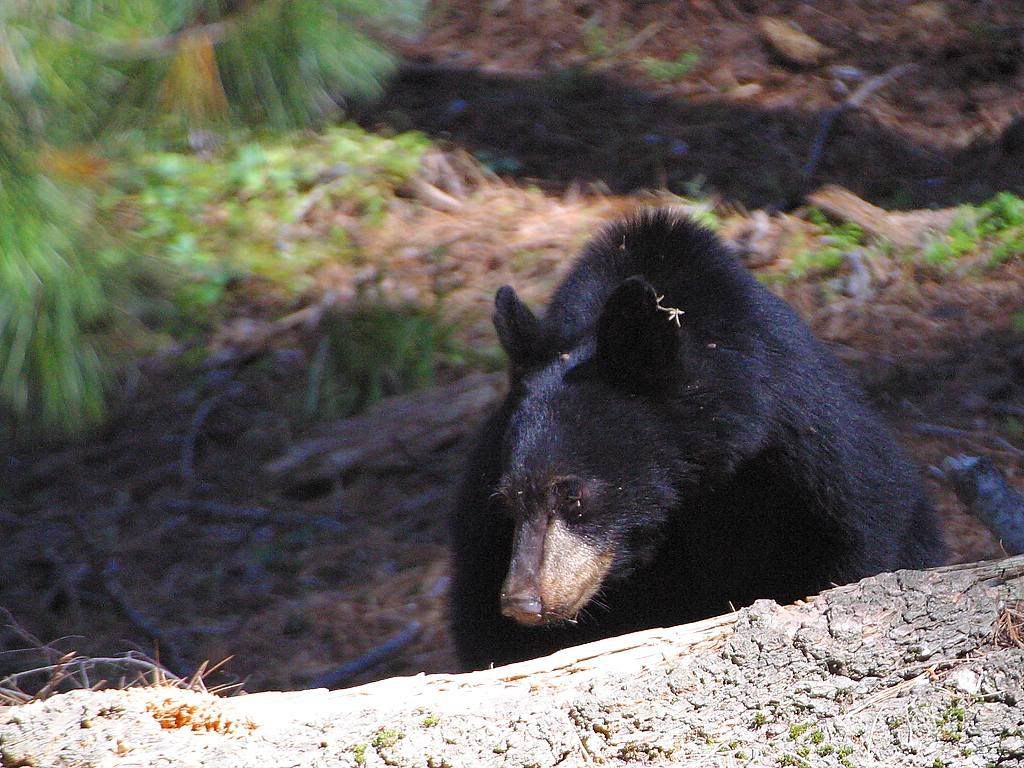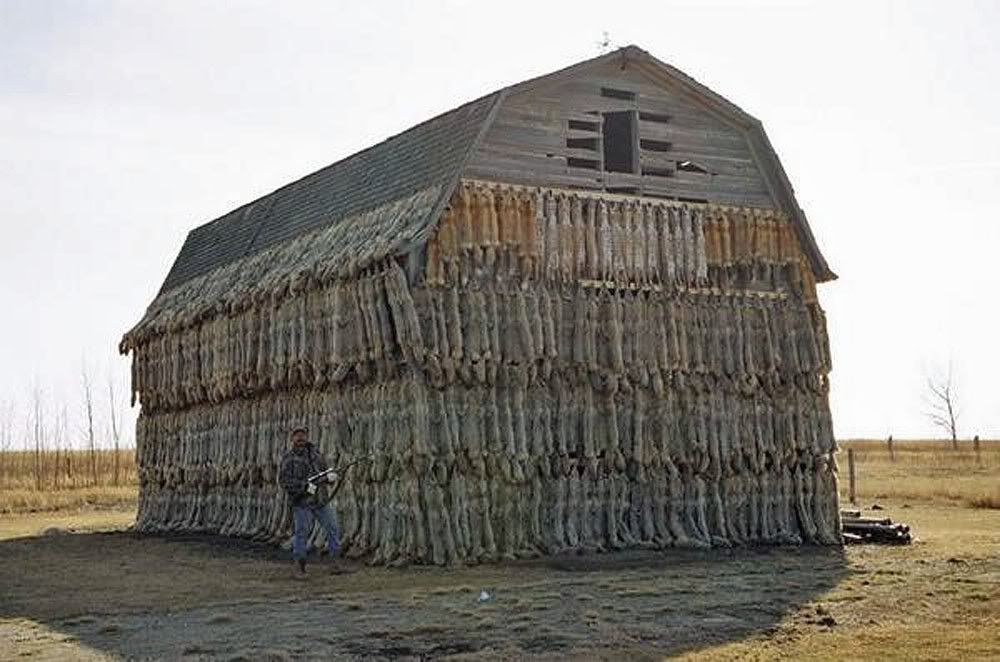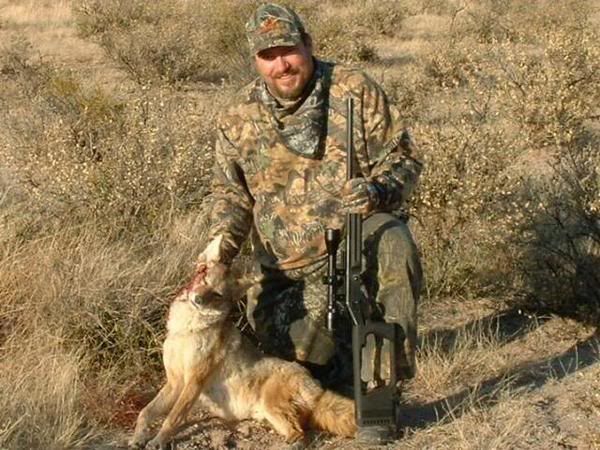
WYOMING’S POPULAR MULE DEER
10/27/2006

– This fall, Wyoming’s estimated 480,000 mule deer will attract around 63,000 hunters from places as local and colorful as Point of Rocks to as international and historic as Munich, and a multitude of places in between.
This large-eared symbol of the West lures hunters in all sizes, many nationalities and both genders. Mule deer accommodate hunters in open country and rugged mountains and with better than every other hunter bringing one home, the mule deer is truly an equal opportunity big game animal.
Not as large or prone to seek thick timber as elk, but then not as visible as antelope, the mule deer over the years has been the state’s most popular game animal. But in his book, “The Mule Deer of Wyoming,” Neal Blair wrote from studying the diaries of Wyoming’s early trappers and explorers that mule deer were an infrequent sight in the 1800s and the men subsisted mainly on antelope, bison and bear with deer a rare camp meat entry.
Although the trickle of early travelers reported few deer, the herd now attracts a legion of repeat customers that rank Wyoming’s mule deer hunting as some of the nation’s best.
Nonresidents migrate here by all modes of transportation from private plane to buses or motor homes customized expressly for hunting. Because their home territory usually either offers only whitetails or limited mule deer opportunity, they come to hunt in the stirring setting of forested peaks, sagebrush canyons and rocky outcrops. For others, the $273 nonresident license and the expense to get here are bargains for an opportunity to hunt good habitat, compared to the cost of buying a private lease in their home state.
Here at home, some school districts traditionally close their doors the first couple days of deer season to allow the kids to follow their elders into the golden aspen in search of some winter meat.
To locals and migrants alike, the quest for delicious venison or an exalted rack and the abundance of animals in a variety of settings induces hunters to inject over $28 million into the state’s economy in pursuit of a mulie.
In September, mule deer swap their brown summer coat for the gray of winter and the bucks polish the last velvet off their antlers. After most seasons end, the bucks’ necks swell for the rut as thoughts turn to propagating the species. Unlike elk, buck mule deer don’t establish a harem but rather “play the field” with their polygamous breeding activity hitting a peak in late November. Although up to 28,000 bucks were harvested prior to then, enough remain that any barren does are likely the result of physiological problems.
Rut is a stressful period for bucks. They fight between themselves, nearly quit eating and about the time they’ve recovered it’s time to contend with winter.
Deer spend the spring and summer gorging themselves to accumulate energy reserves in preparation for the ominous season. To cope, deer migrate to lower elevations where sagebrush, mountain mahogany and bitterbrush extend above the snowpack to provide winter browse.
The availability of good winter range can make or break a mule deer herd. A herd is better off entering winter with slightly fewer members than the winter range can support so the habitat is not severely abused. In the event of a severe winter like 1983-84 or 1992-93, deer on good winter range make it through in better condition and their fawn crop is not severely diminished.
Bucks begin dropping antlers in January and the whole herd is bald by April. Mule deer have forked branches on their antlers contrasting with whitetails where all points come off the main beams.
The does’ seven-month gestation period generally ends the first two weeks of June. The first pregnancy typically produces a single fawn with twins the norm in following years.
With white spots their first 5-10 weeks, fawns are a thrilling sight for summer tourists. A doe with trailing fawns strolling naively along has been the highlight of many a family camping trip.
Deer and other big game in Wyoming are managed on the “herd,” or population, concept. A herd is a distinct population of deer, which keeps to itself, engaging in very little breeding or interchange with neighboring deer herds. Individual herds tend to remain in certain geographic regions (although the regions can be quite large) and use traditional fawning, summer and winter habitat from year to year. The populations of Wyoming’s 39 herds range from 500 in the Chain Lakes or Shoshone River herds to 58,000 in the Powder River Herd.
“Across the West and in Wyoming, mule deer numbers have declined since the ‘good old days’ of the ‘50s and ‘60s for a variety of reasons,” said Daryl Lutz, chairman of the Game and Fish’s Mule Deer Working Group. “The most recent decline took place during the early 1990s due primarily to the combined effects of drought and severe winters. Unlike declines and recoveries in the past fawn productivity and survival have remained at depressed levels. These, relatively low recruitment levels in concert with the harder winters ’92-93 and 2001-02 and several dry summers have resulted in mule deer populations remaining lower than the department and public desire.”
Of the continent’s 11 mule deer sub-species, the Rocky Mountain mule deer which inhabits Wyoming has the widest geographical distribution and a population larger than all of the other subspecies combined.
(contact: Daryl Lutz (307) 473-3400 or Jeff Obrecht)
-WGFD-

 Last week, while visiting with my neighbor, our discussion turned to mule deer. I asked him if he had seen many deer on his property. He said he had an interesting experience with mule deer right next to his house, and related the following story:
Last week, while visiting with my neighbor, our discussion turned to mule deer. I asked him if he had seen many deer on his property. He said he had an interesting experience with mule deer right next to his house, and related the following story: All archery deer hunters are reminded of a rule that went into effect in 2004. Successful archery deer hunters must contact an Arizona Game and Fish Department office in person or by telephone at 1-866-903-DEER (3337) within 10 days of taking a deer unless the deer has been checked through a mandatory hunter checking station.
All archery deer hunters are reminded of a rule that went into effect in 2004. Successful archery deer hunters must contact an Arizona Game and Fish Department office in person or by telephone at 1-866-903-DEER (3337) within 10 days of taking a deer unless the deer has been checked through a mandatory hunter checking station. 

